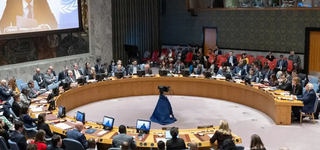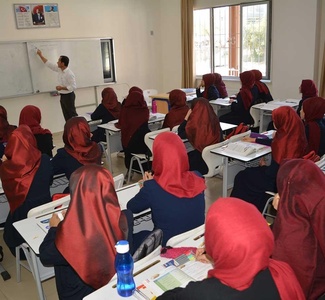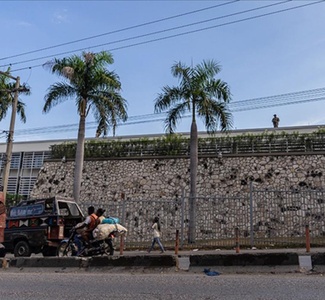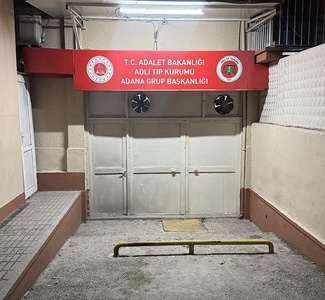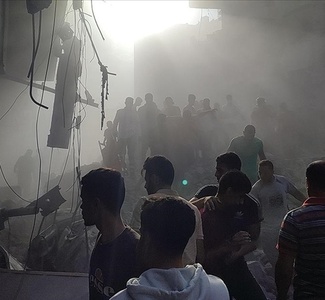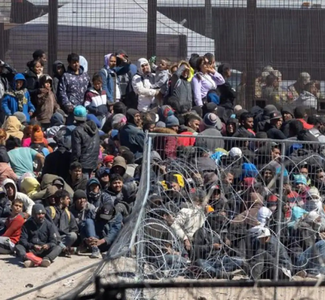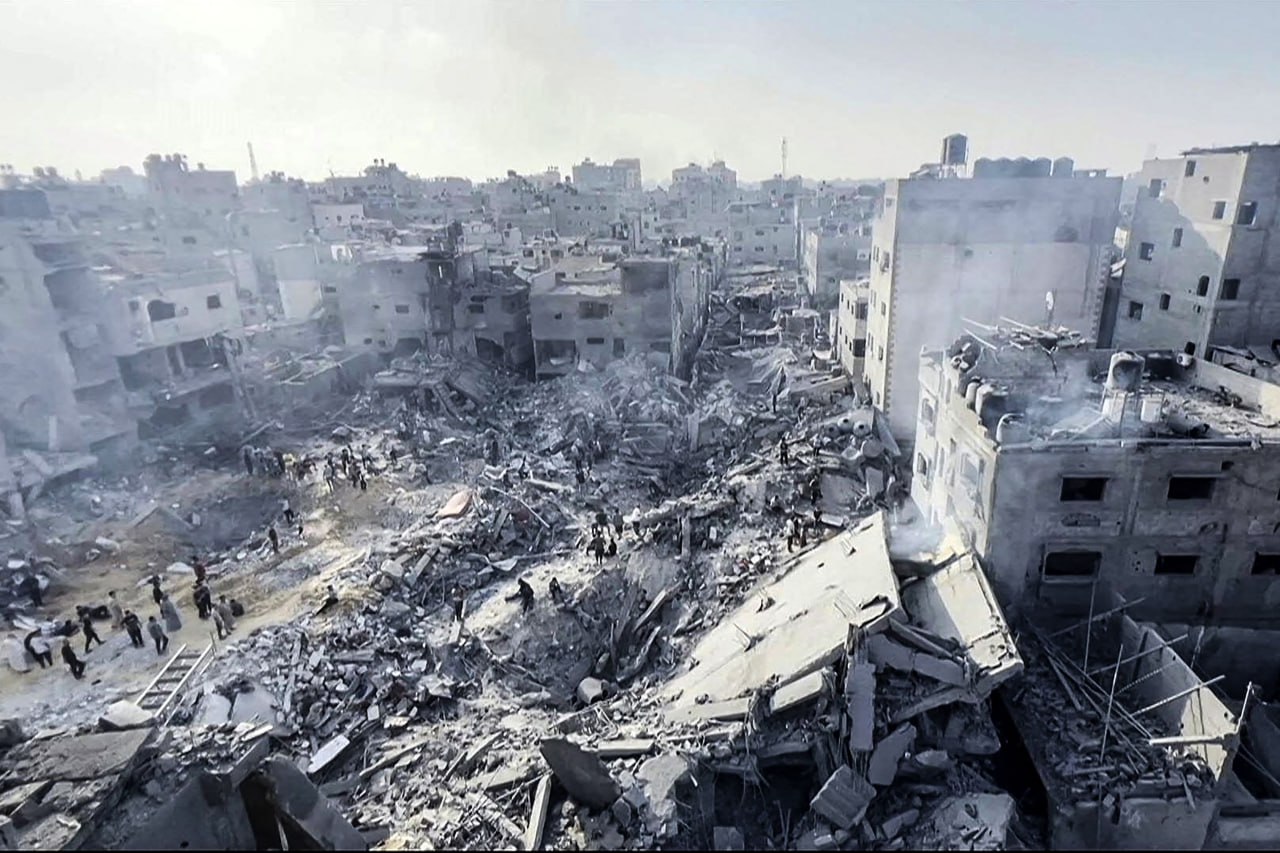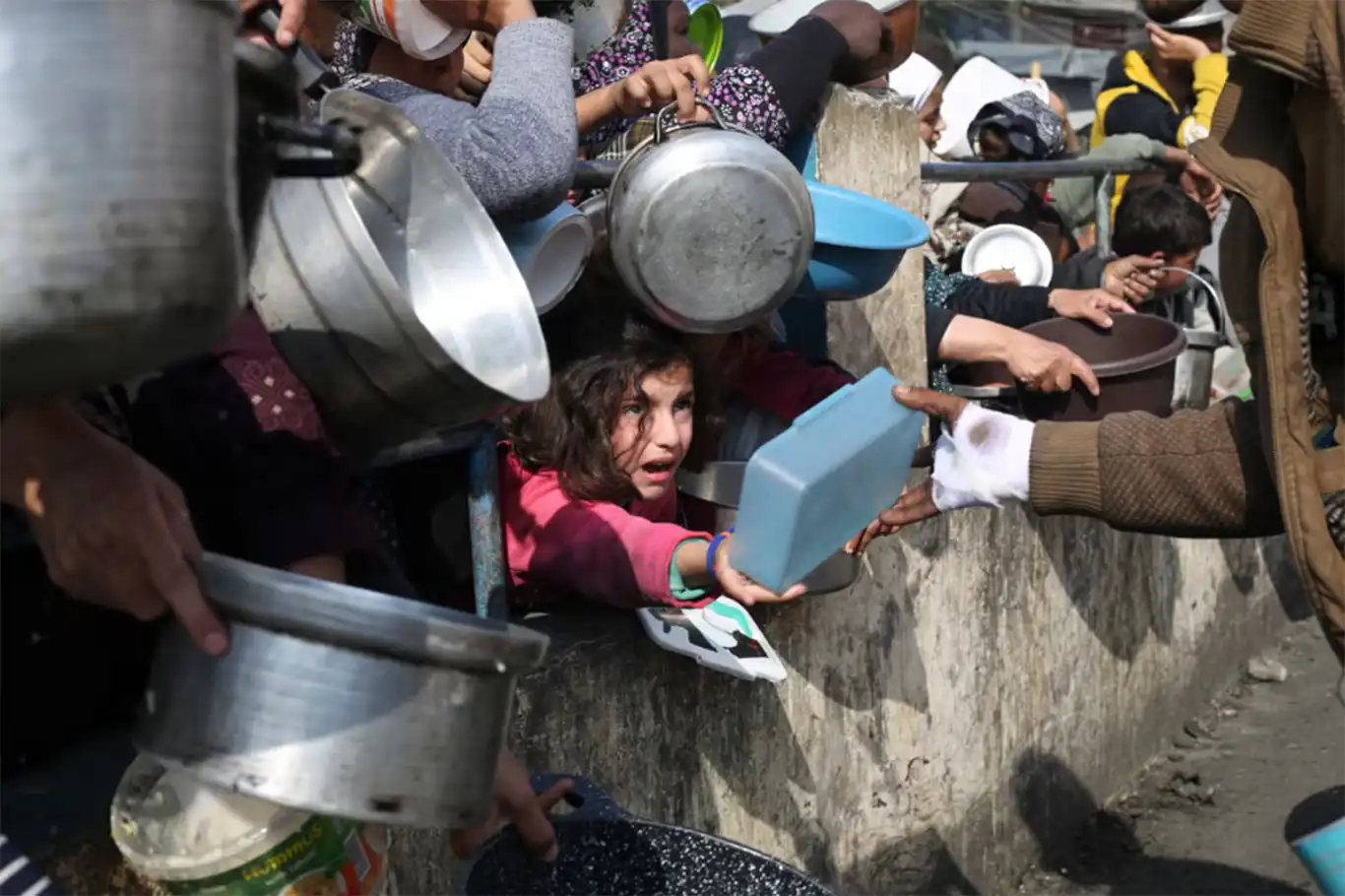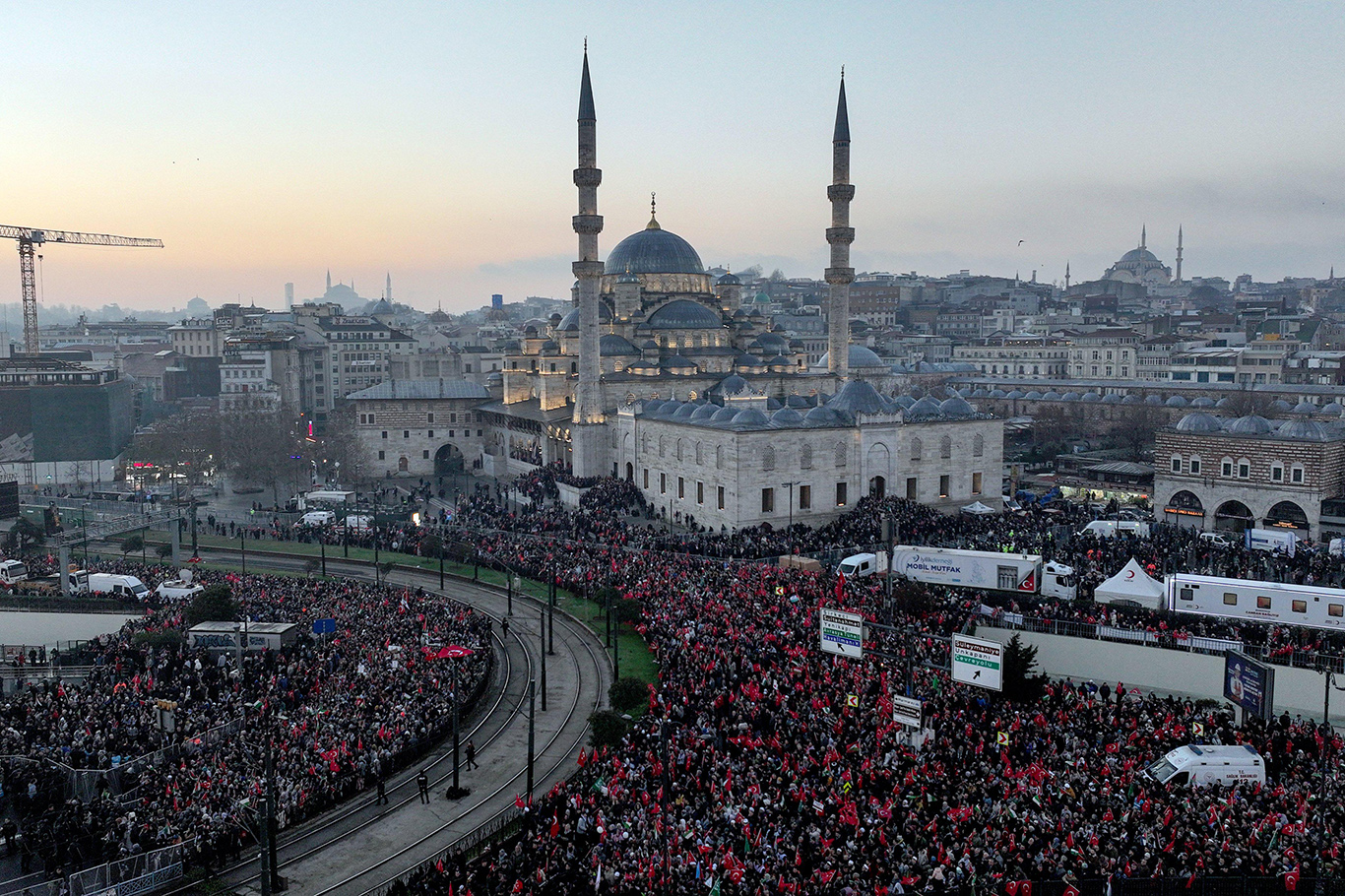Drought impacting more than 7 million people in Somalia, UN warns
The United Nations’ top humanitarian official for the Horn of Africa country warned of the devastating outlook for millions of affected Somalis, amidst heightened risks of famine.

 Google News'te Doğruhaber'e abone olun.
Google News'te Doğruhaber'e abone olun. “The situation is extremely dire and grim: 7.1 million people are going to be affected by this drought situation before the end of this year,” said the Humanitarian Coordinator for Somalia, Adam Abdelmoula.
1.4 million children facing acute malnutrition
He said that around 1.4 million children were facing "acute malnutrition this year, and 330,000 are likely to become severely malnourished".
As of May, according to a recent report from the UN humanitarian coordination office, OCHA, some 6.1 million Somalis have been affected by the drought emergency.
Of that number, 771,400 have been displaced from their homes in search of water, food, and pasture; mostly women and children. The outlook has worsened due to the prospects of a fifth consecutive failed rainy season.
Abdelmoula was speaking at the ‘ADC’ camp for internally displaced people (IDP) in the Baidoa district of Somalia’s South West State. He was accompanying Somalia’s Special Envoy for Drought Response, Abdirahman Abdishakur, who was appointed by the Somali president in late May, on his visit to an IDP camp.
A view of the ADC displacement camp that is currently hosting newly displaced arrivals in Baidoa, Somalia.
Not enough rain
OCHA has stated that from April to mid-May this year, light to moderate rain was recorded in parts of southern, central and north-western Somalia, and there were localized storms and flash flooding in some areas.
But the amount of rain was below average, poorly distributed, and insufficient to alleviate the current drought conditions.
As a result of the poor rains, Somalia is facing a fourth consecutive failed rainy season and a heightened risk of localized famine in six areas – including in South West State – particularly if food prices continue to rise and humanitarian assistance is not sustained to reach the most vulnerable people.
Additionally, the next rainy season is projected to be below average, meaning the drought emergency will worsen. As the country faces the risk of famine in those six areas, humanitarian entities are transitioning the thrust of their activities from drought response to famine prevention, re-orienting responses to target the most vulnerable populations and developing a famine prevention plan.
Baidoa among the hardest hit
South West State’s Baidoa district is one of the areas of Somalia that has been hit hardest by the current drought.
Since the beginning of the year, 230,000 people have been displaced into South West State.
Its Bay region has the highest number of people experiencing acute food insecurity; this is in addition to high rates of malnutrition, particularly in Baidoa IDP camps. Since March, cases of acute watery diarrhea have been rising, with a cumulative total of 2,279 cases, including 11 deaths, reported since January this year.
UN Special Envoy for Somalia Adam Abdelmoula, and Somalia's Special Envoy for Drought Response Abdirahman Abdishakur, r, listen to a newly displaced elderly man at ADC displacement camp in Baidoa, Somalia.
“I am here to mobilize, as much as possible, resources, and coordinate the effort of humanitarian assistance. Baidoa is where people who are most affected have arrived recently – close to half of them who are displaced by drought are here in Baidoa,” said Mr. Abdishakur at the ‘ADC’ camp. “We call on the international community to double their efforts and support Somali people in this difficult time.”
Abdelmoula, who also serves as UN Deputy Special Representative for Somalia and UN Resident Coordinator, noted that the world body and its partners can only do so much without more resources.
The funding for this year’s Humanitarian Response Plan for Somalia, which seeks about $1.5 billion to assist 5.5 million of the most vulnerable Somalis, remains low at 15.7 percent as of 20 May.
“With the limited resources that we have, we have only been able, between the months of January and April, to reach 2.4 million out of all those in need of humanitarian assistance,” the Humanitarian Coordinator said.
The Special Envoy and the Humanitarian Coordinator intend to carry out more joint field visits in the near future. (ILKHA)































